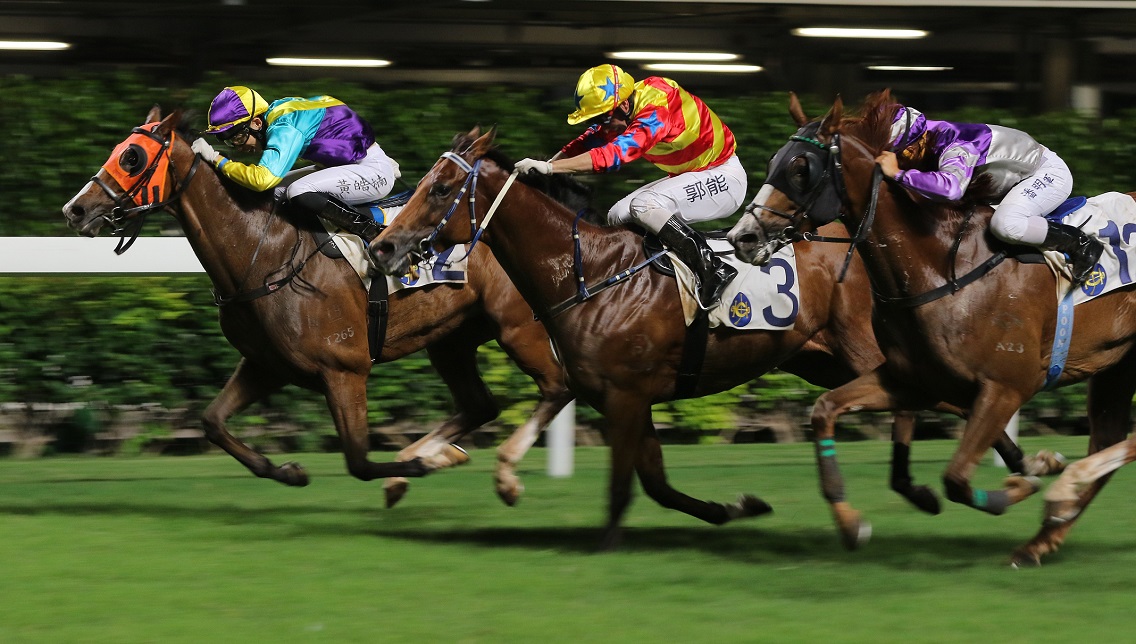One of the most popular and timeless sports, in today’s sports crazed society, is horse racing, a highly competitive game that brings in countless amounts in betting profits and generates millions of spectators to its annual, worldwide events.
This sport was very famous in Ancient Greece, Ancient Egypt, Babylon, and Syria and today, the most renowned type of horse racing is the thoroughbred race that is widespread in Britain as the Sport of Kings. Like every other sport, horse racing has a set of ground rules concerning its duration, entry numbers, betting systems, and the players involved. We summarise the critical rules below, for all those who need a deeper understanding of this beautiful game.
Post Time
The first rule looks at post time, known as the post to many experts. This simply refers to the specific time a horse race is supposed to begin. During this post time, all horses and jockeys arrive at the starting gate, ready for the bell to ring and the race to commence. The gate is also where all bets are placed, this is because all bets are off once the horses are off.
Post Positions and Entry Numbers
During events, the names of the runners for each race are replaced with numbers. This makes the identification of competitors more manageable and saves both the bettor and ticket writer time during the bet placing stage, saving everyone inevitable confusion. The numbers given to horses most often correspond to their post position; thus, you must be sure of your favorite horse’s number before you place your wager.
Post positions are simple, they refer to the position in which each competitor will begin the race in. These are randomly selected by picking a horses name and then the position, this prevents any competitors getting an unfair or favourable position, as many want to be on the outside rail where the horse has more space.
Number of Allowed Entries
Typically, in a thoroughbred race there are 15 runners, but this is not a definite rule, with more prestigious events being more popular than smaller races. The number of competitors in each run varies from race to race, depending on track size and whether it is a jump, flat or handicap race.
There is, however, a fixed rule on how many horses must be in a race for a bet to take place. A race must have at least two runners at the start for bets to be accepted and if none of them reach the finish, the bets are void.
It is not uncommon for owners to enter more than one of their horses into a single race, especially when the purse is large, to maximize their chances of success and this is well within the rules. In regards to betting, when multiple horses are owned by one group, they are categorized as a sole interest because they don’t break from the rail. For such horses, you get both horses, when you bet on only one of them. Such entries are done because it would be unfair to an owner to be only able to bet on one horse when he has two in the same race.
Bet by Race Number
Each horse race is identified by number, whether you’re phoning in a bet, wagering online, or talking to a teller. For example, at Churchill Downs, the Kentucky Derby is the 11th race, of a total of 13. When placing a bet on this race, you will need to indicate the race number for easy identification and when wagering, you need to show which track you want to bet on in addition to the race and horse number.
Be sure to pay attention to all these numbers, doing your due diligence to ensure the best results.
Scratched – When Listed Horses Don’t Race
There are reasons why a horse may be exempted from a specific horse race. Some of these reasons may include health and reasons the trainer may choose not to disclose. If you have placed a wager on a horse that ends up being ‘scratched’, you, and all others who placed the best, will receive a refund, a wager shift and a consolation pay-out. But, you only receive the wager shift and a consolation pay-out if your bet was multi-race.
‘Rule 4’ was created for this scenario and is when a deduction is placed on all runners in the market to make betting more fair. This is because if you placed a 2/1 bet on the favorite to win and he is scratched, the next best horse, now favorite, may have 5/1 odds, which isn’t a fair price and so is adapted to fit the circumstance.
Bonus Rules
Starting Flag – A starting flag is used to start a race when it is not possible to use stalls, such as if there are too many runners or equipment fails. The flag is raised to signal the jockeys to mount the starting rostrum and begin walking forward; the flag is then lowered by the started to initiate the race has now begun. A flag or gate should be used to start all hurdle races, steeplechases, and jump races.
False Start – This will be declared if the racers feel a horse broke away too early. This does not generally include a penalty for the runner, they are just placed back to the starting gate, but it is not unheard of for a horse to be disqualified for doing so.
A Jockey’s Conduct – All jockeys are to conduct themselves in the right and safest manner, following all prescribed courses designed. They are also prohibited from betting, or collecting any profits on bets, on the races they run in, including not being present in the betting ring during racing meetings, unless authorised to do so for good reason.
Completing A Race – Crossing the finish line is the only determinant of completing a race.
Winnings – The prize money in a competition is distributed between the first, second, and third winners.













